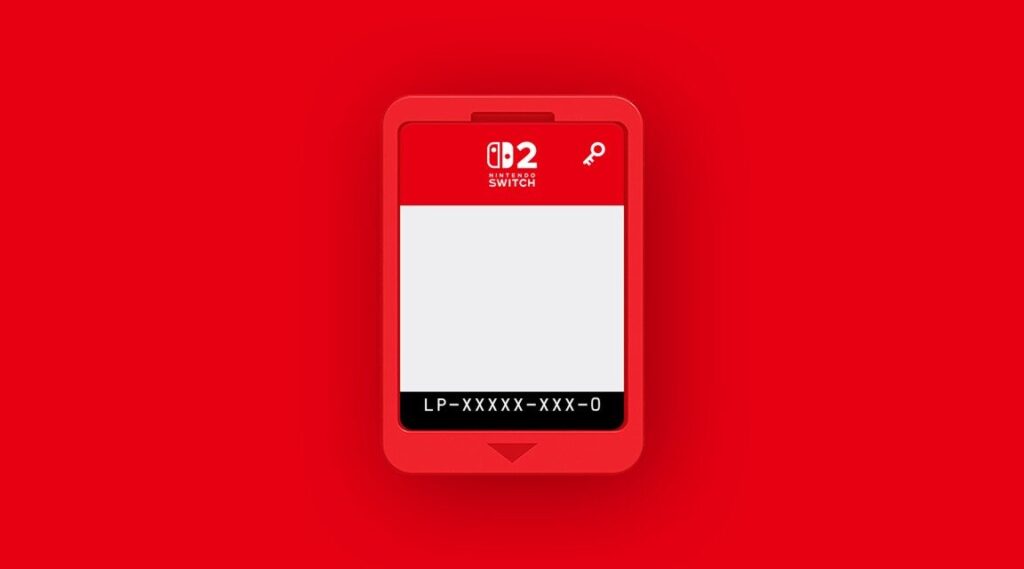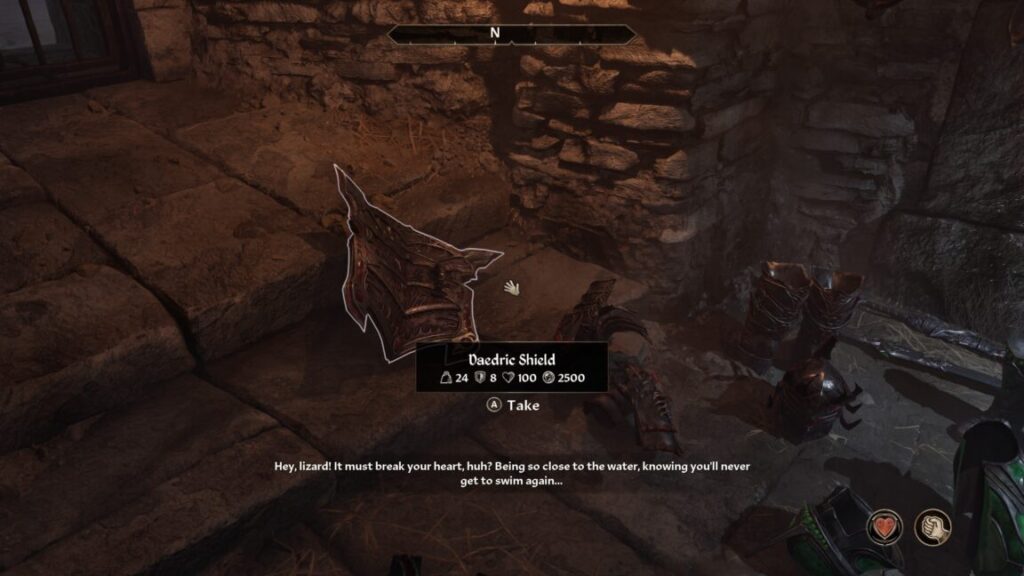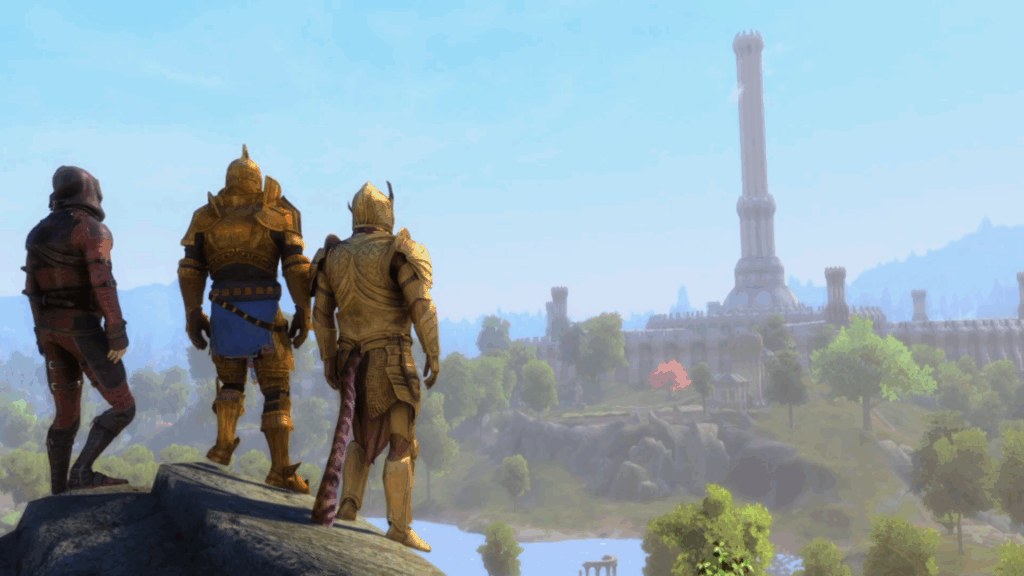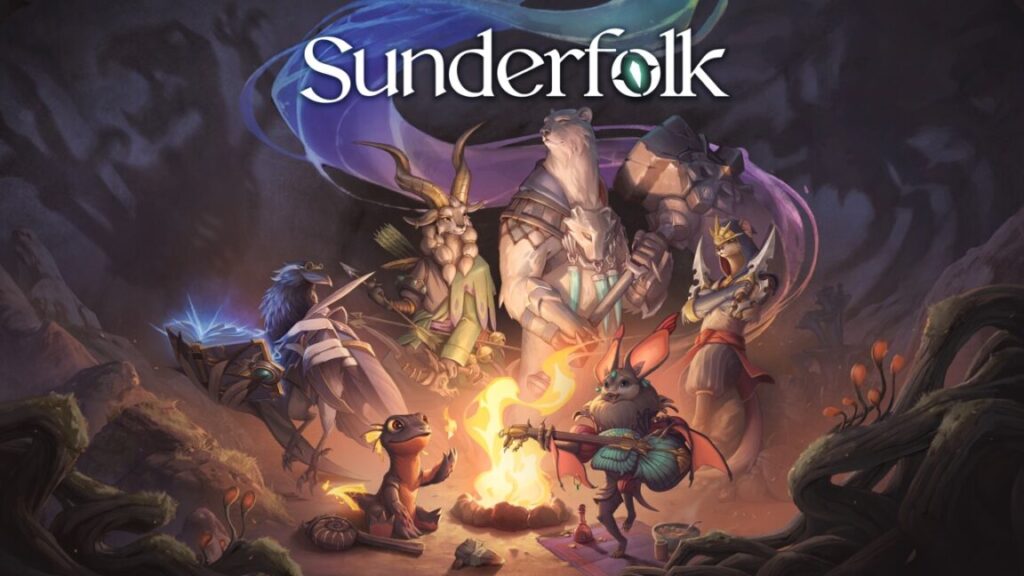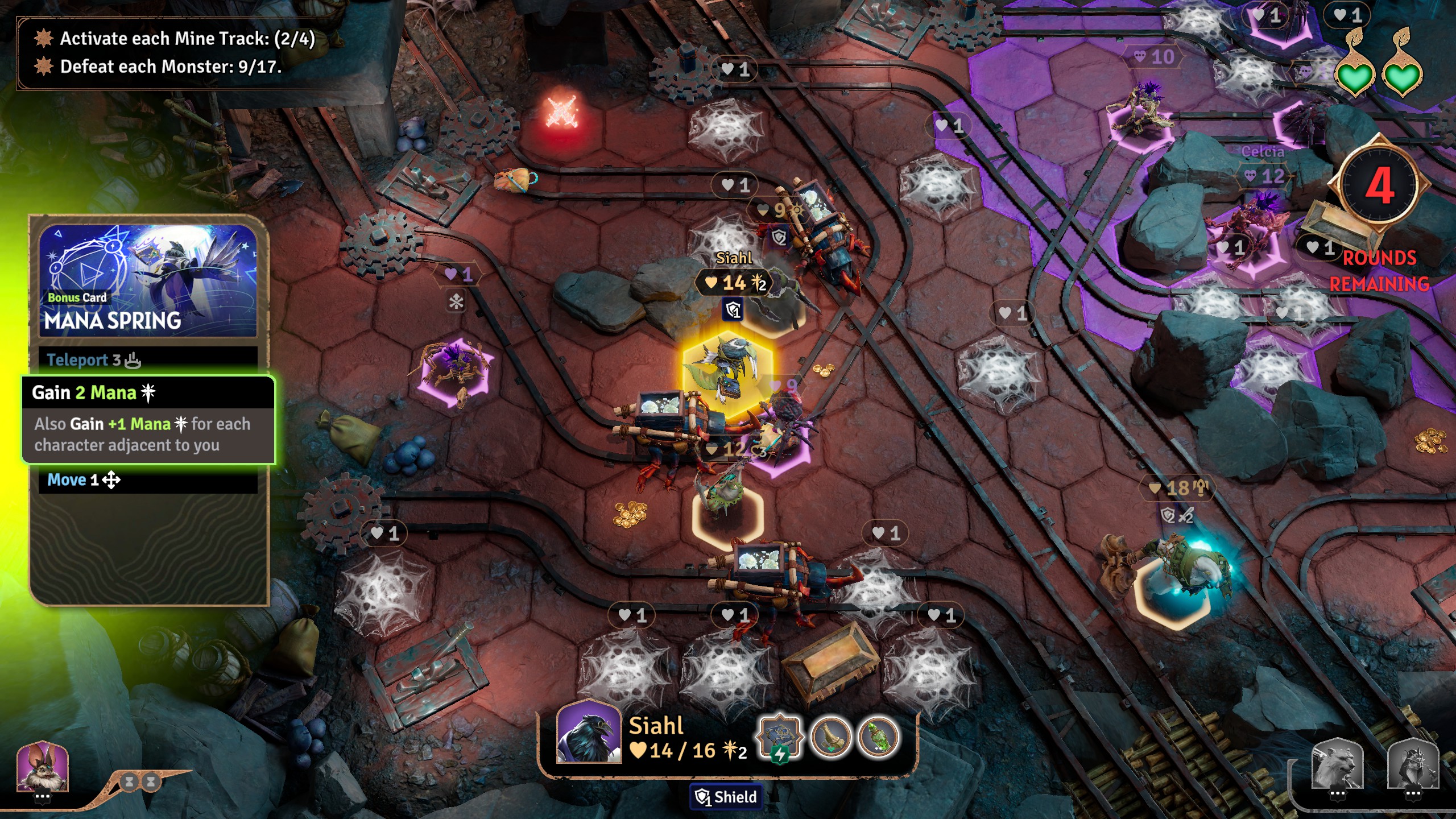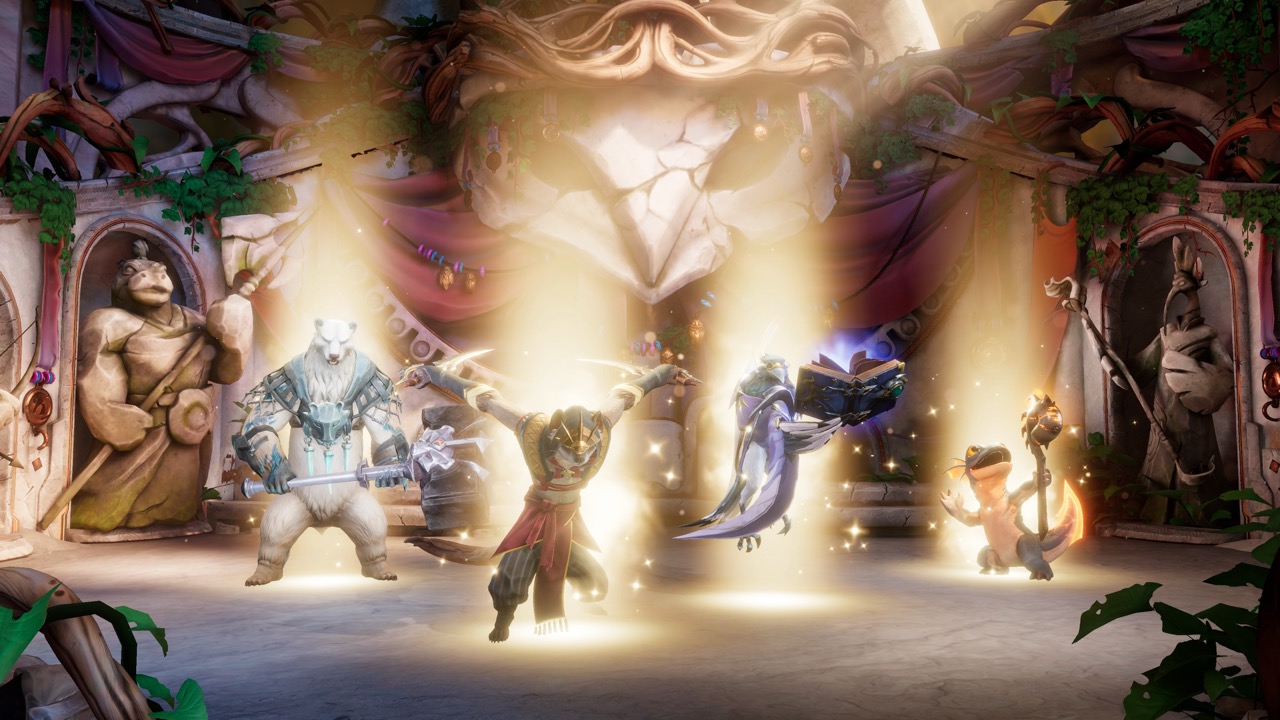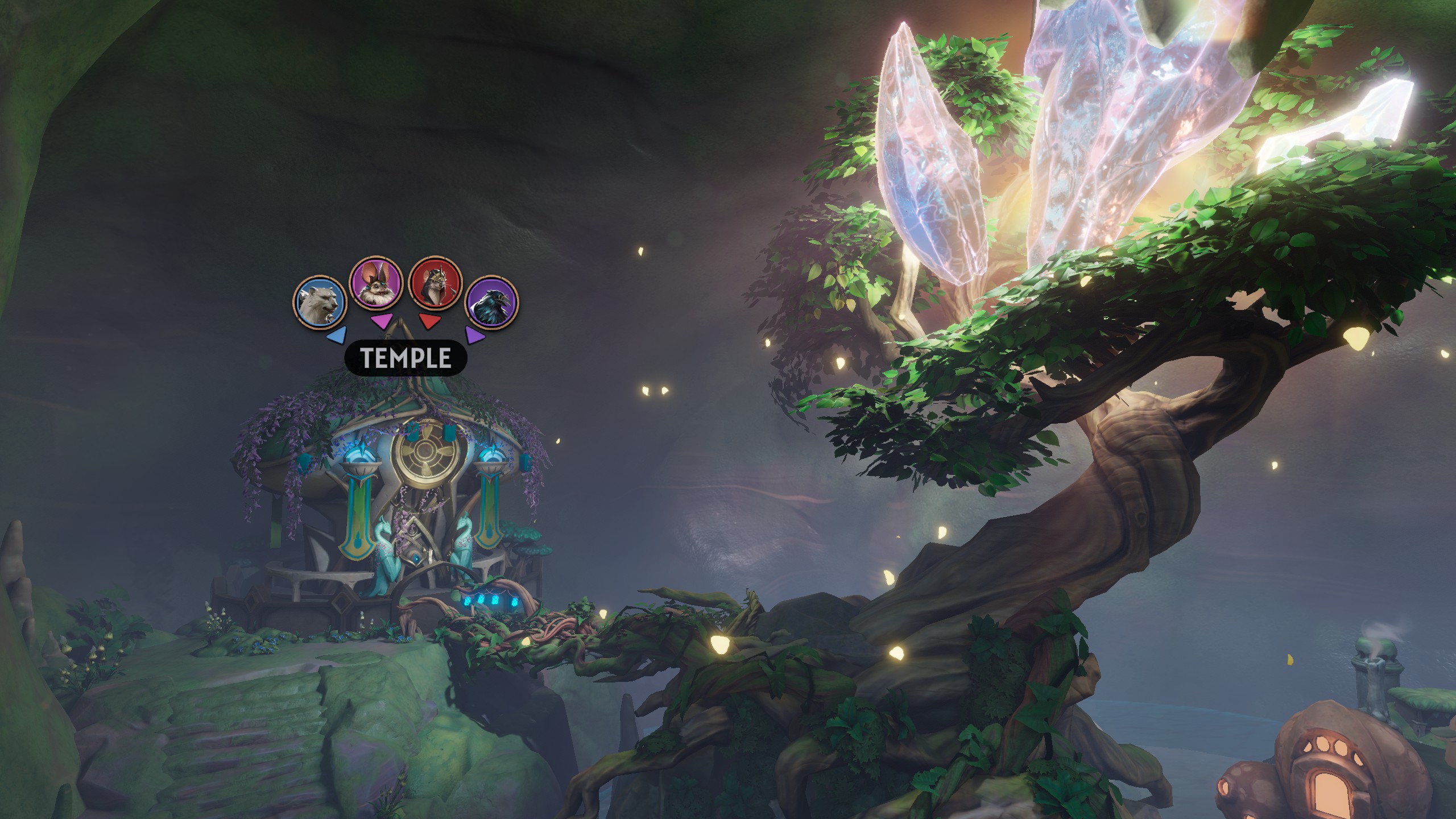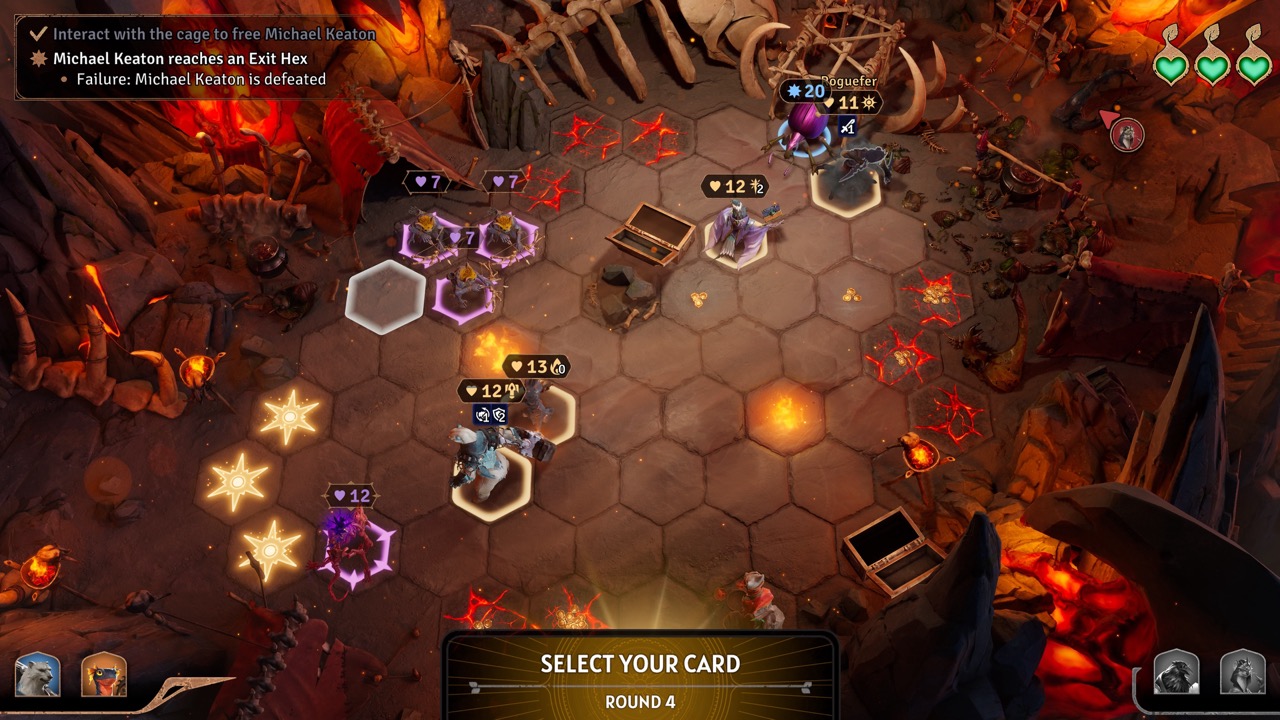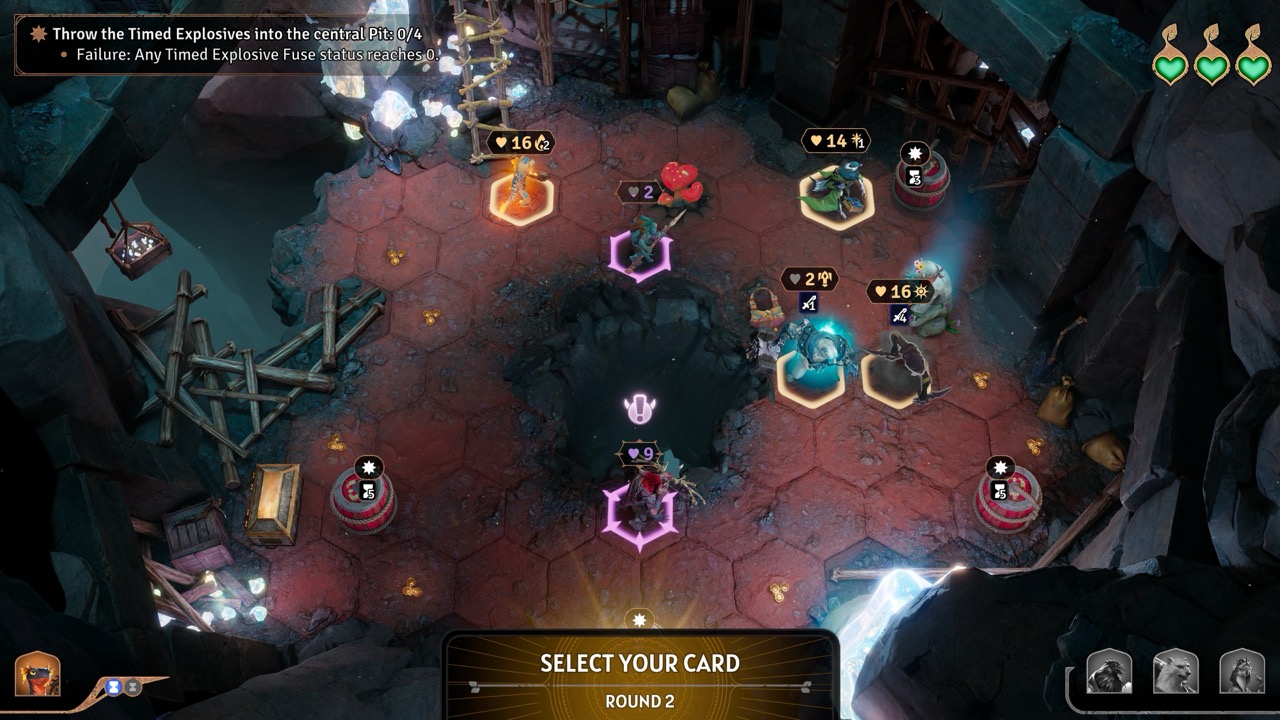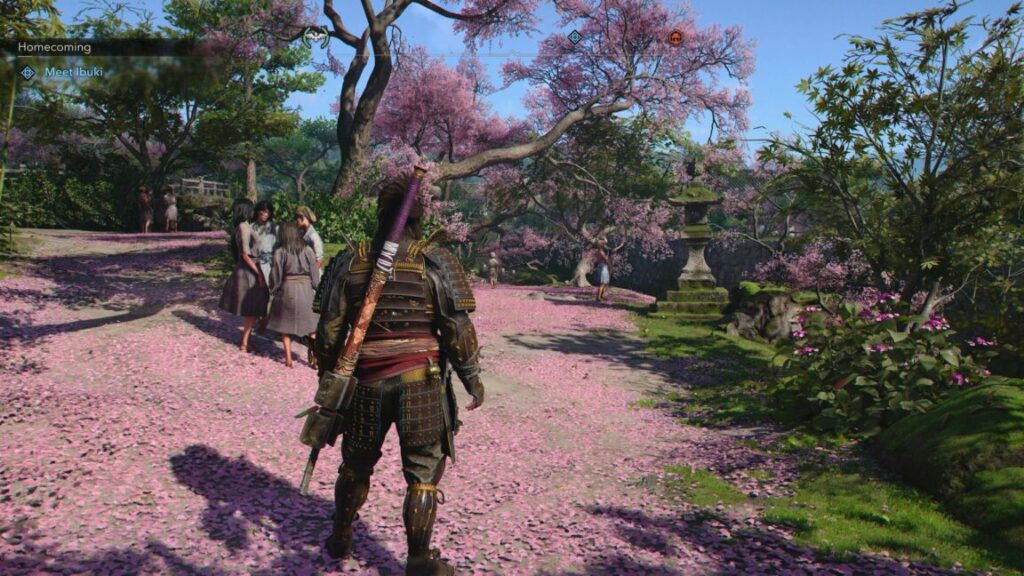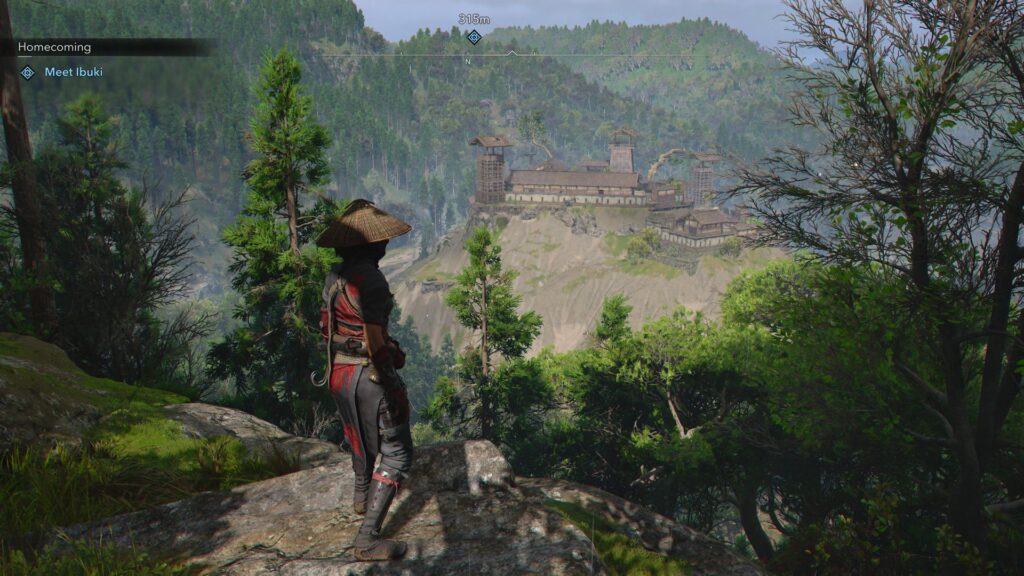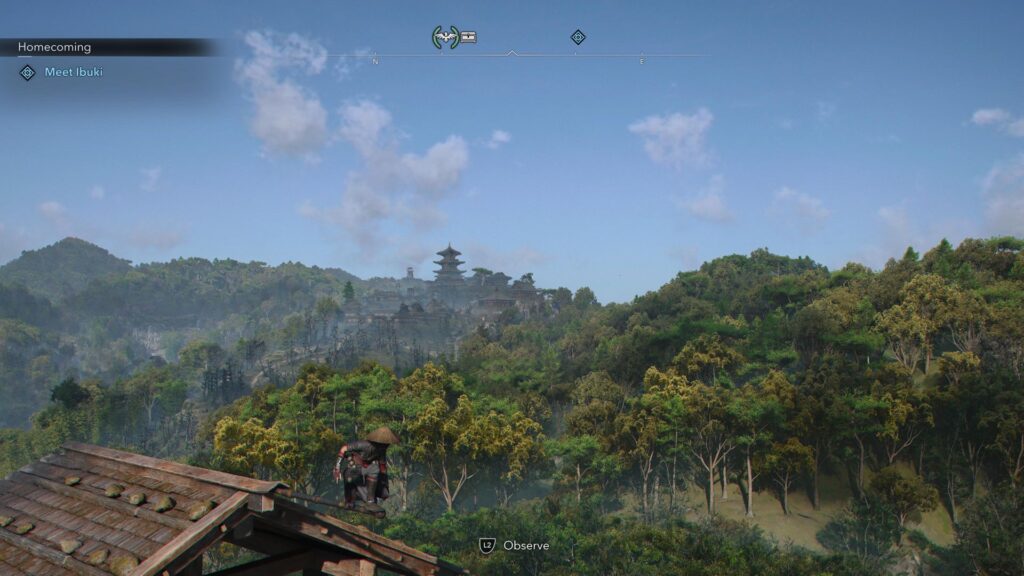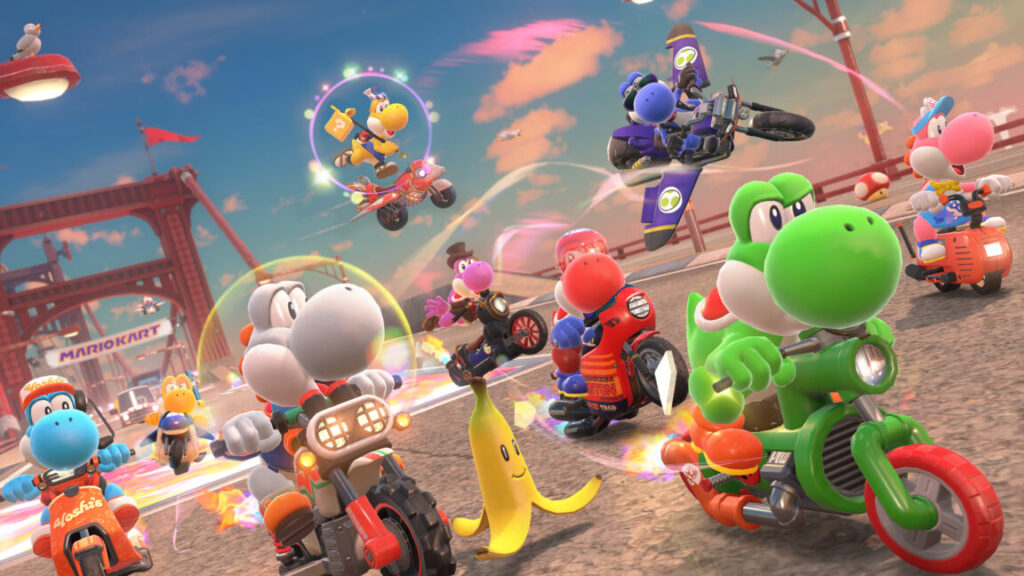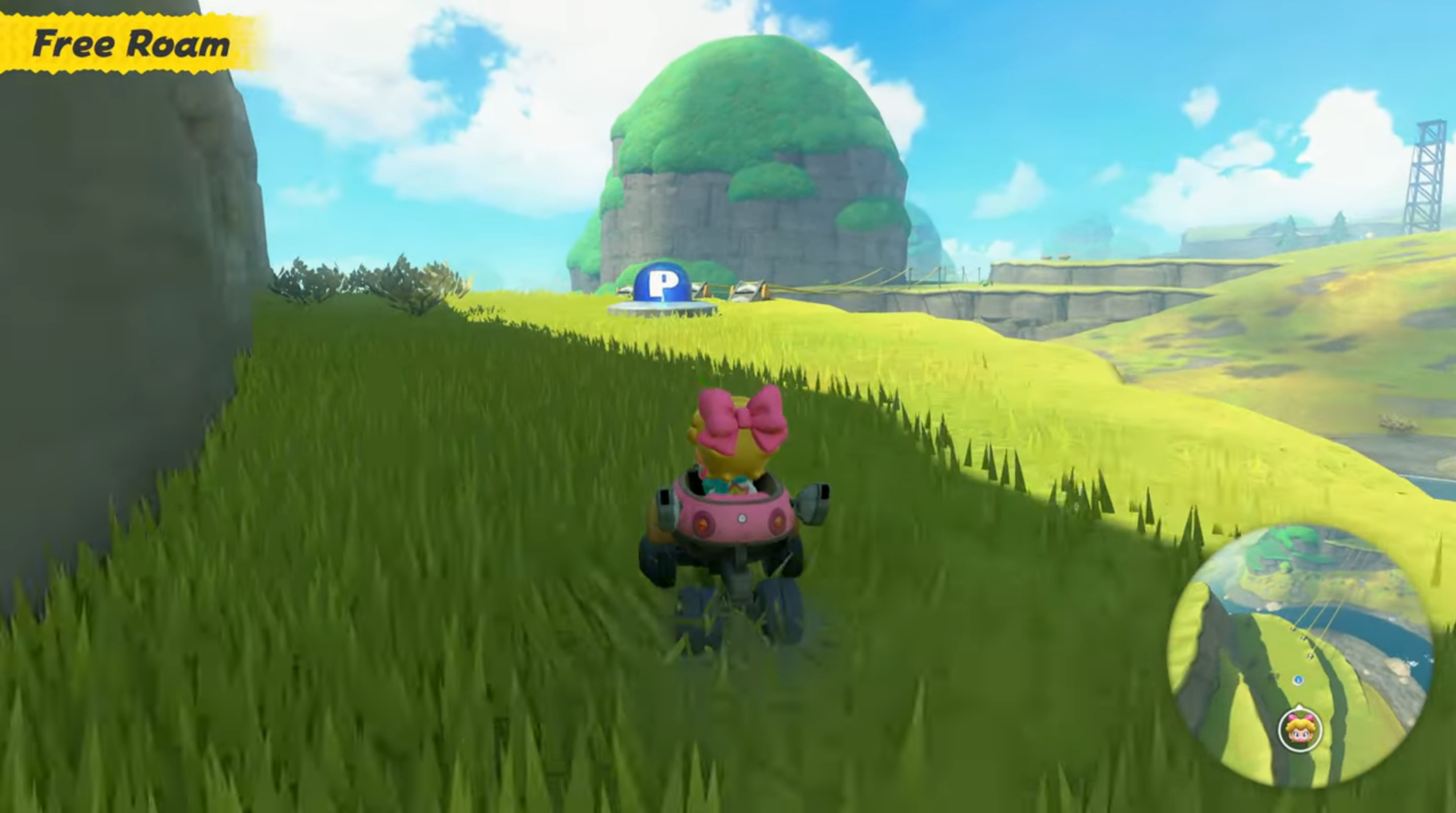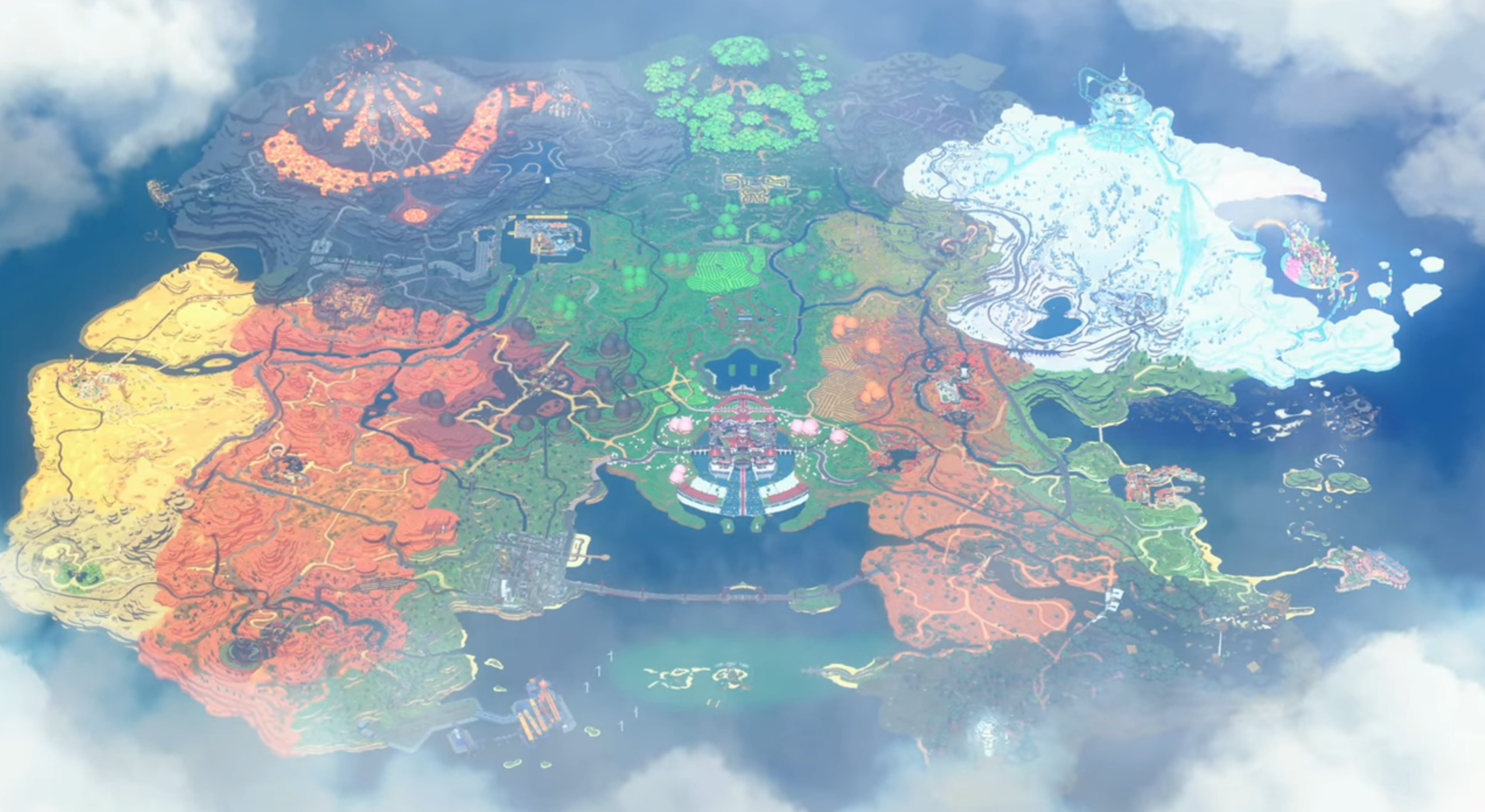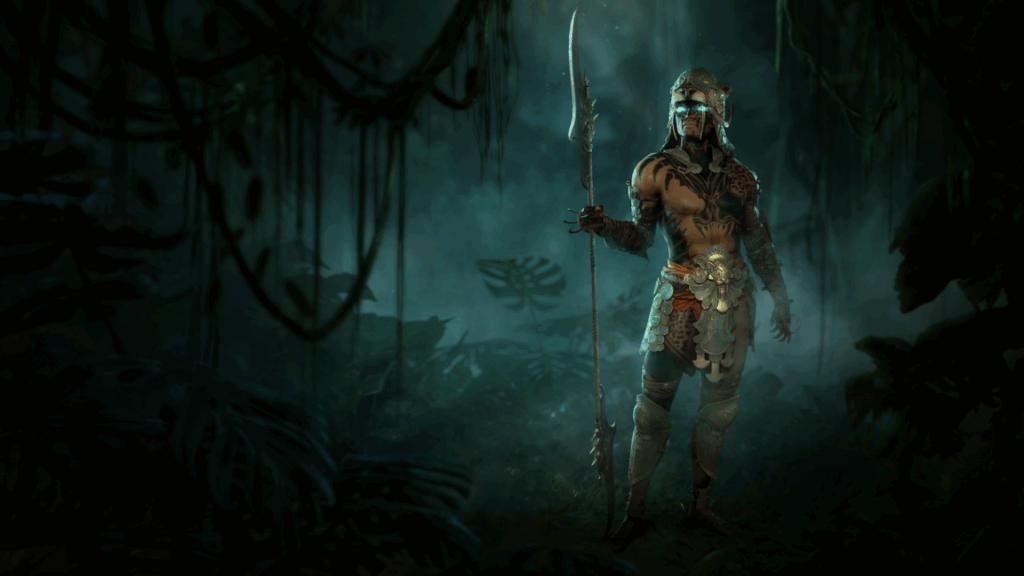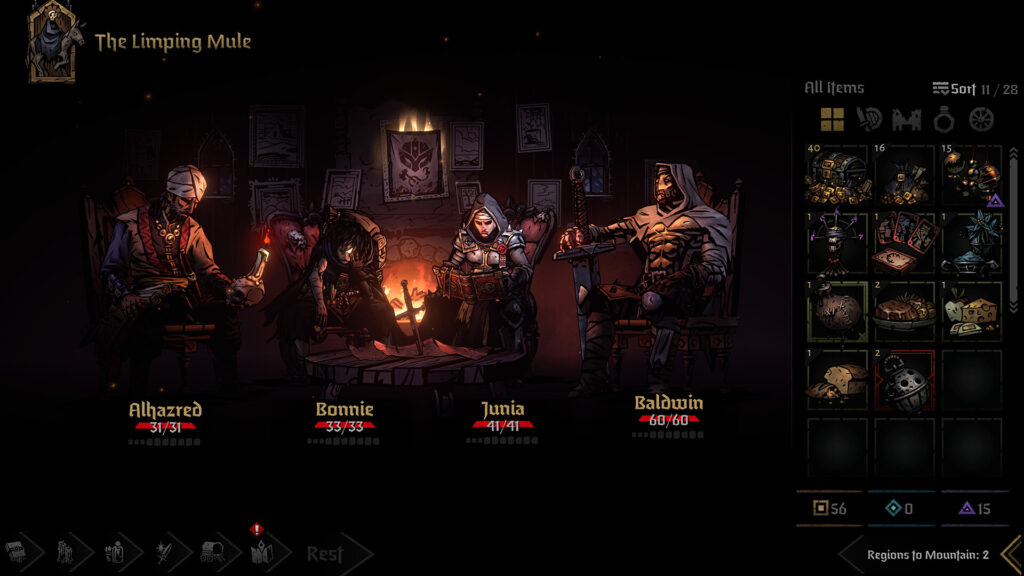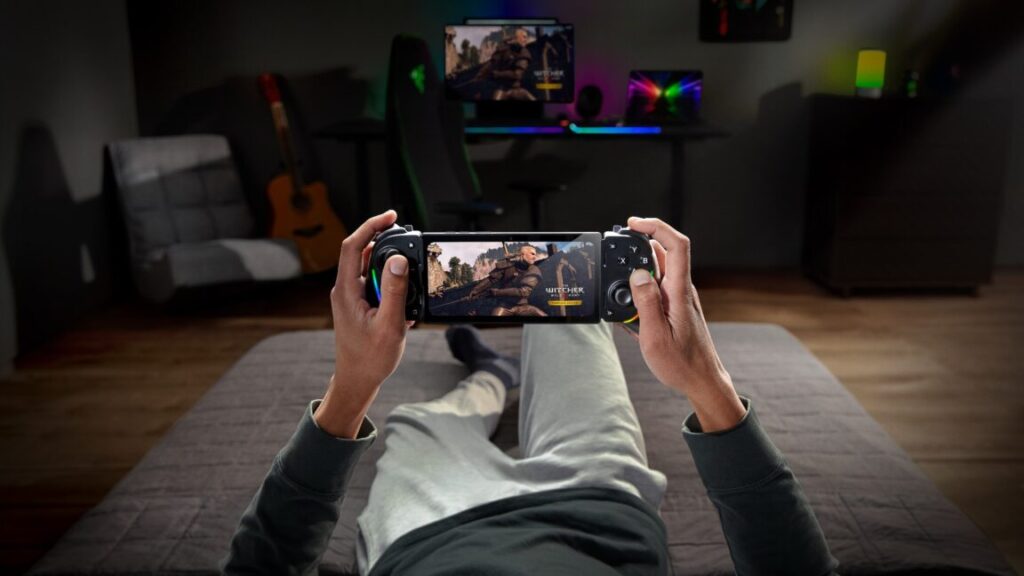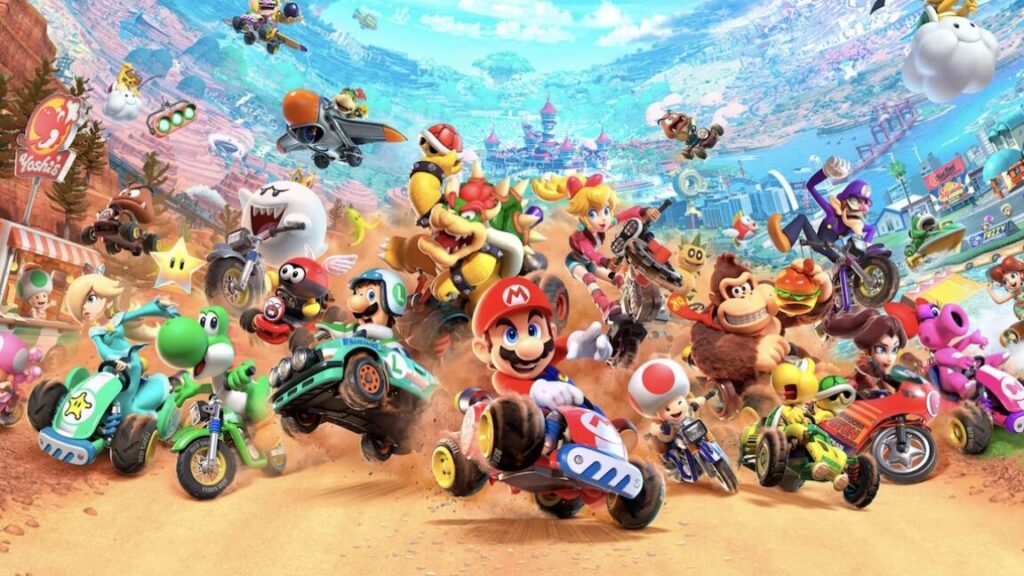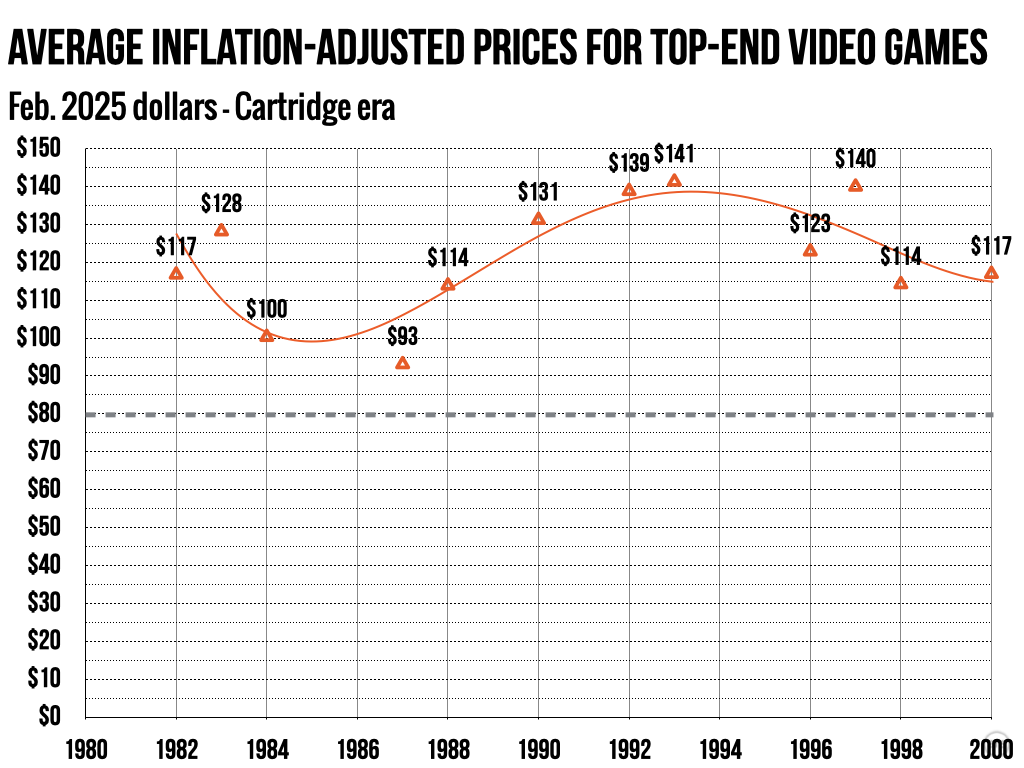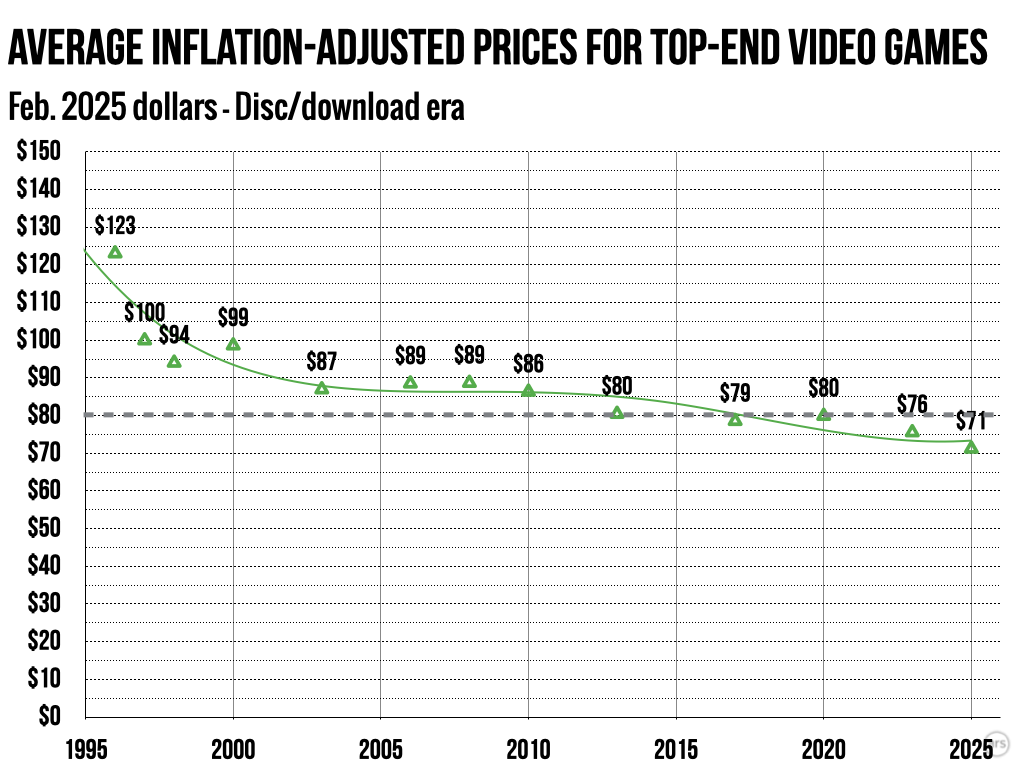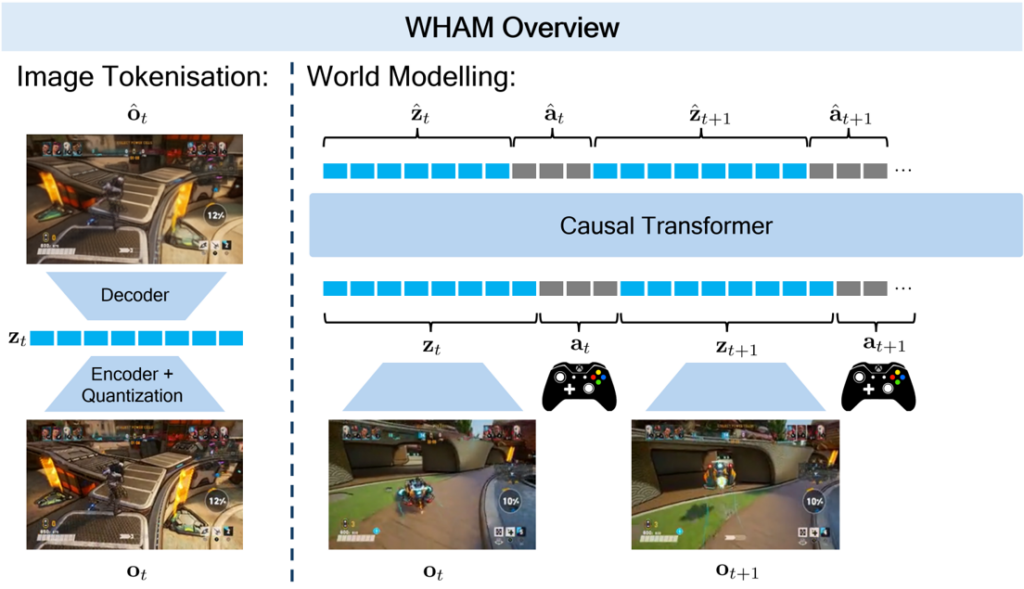Nintendo Switch 2’s gameless Game-Key cards are going to be very common
US preorders for the Nintendo Switch 2 console went live at Best Buy, Target, and Walmart at midnight Eastern time last night (though the rush of orders caused problems and delays across all three retailers’ websites). The console listings came with a wave of other retail listings for games and accessories, and those listings either fill small gaps in our knowledge about Switch 2 game packaging and pricing or confirm facts that were previously implied.
First, $80 Switch 2 games like Mario Kart World will not cost $90 as physical releases. This is worth repeating over and over again because of how pernicious the rumors about $90 physical releases have been; as recently as this morning, typing “Switch 2 $90” into Google would show you videos, Reddit threads, news posts, and even Google’s own AI summaries all confidently and incorrectly proclaiming that physical Switch 2 releases will cost $90 when they actually won’t.

Google’s AI-generated search summary about $90 Switch 2 games as of this morning. Credit: Andrew Cunningham
While physical game releases in the EU sometimes cost more than their digital counterparts, there was actually no indication that US releases of physical games would cost $90. The Mario Kart World website listed an $80 MSRP from the start, as did early retail listings that were published before preorders actually began, and this price didn’t change when Nintendo increased accessory pricing in response to import tariffs imposed by the Trump administration.
But now that actual order confirmation emails are going out, we can (even more) confidently say that Switch 2 physical releases cost the same amount as digital releases, just like original Switch games and most physical releases for other consoles. For example, the physical release for the upcoming Donkey Kong Bananza is $70, also the same as the digital version.
Third-party releases run a wider pricing gamut, from as little as $40 (Square Enix’s Bravely Default remaster) to as much as $100 (a special edition release of Daemon X Machina: Titanic Scion, also available at $70 for the standard release).
Lots of third-party games are getting Game-Key card releases
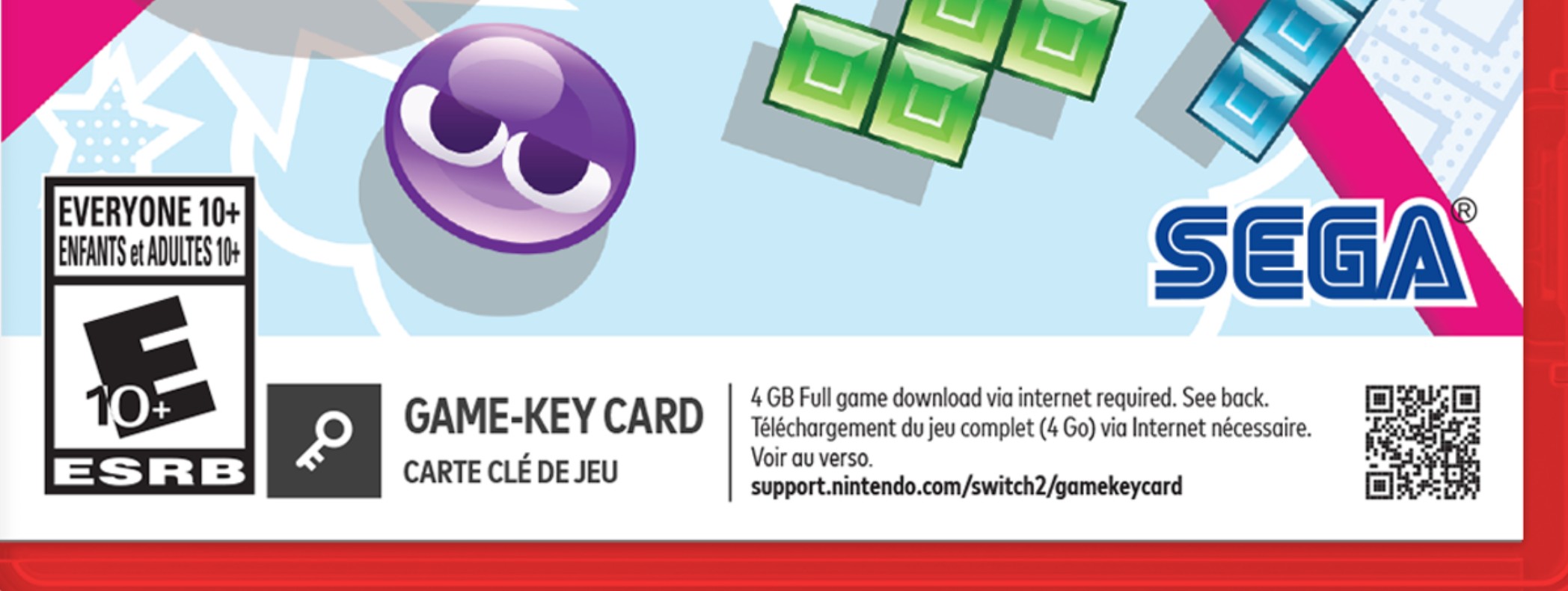
A Game-Key card disclaimer. It tells you you’ll need to download the game and approximately how large that download will be. Credit: Nintendo/Sega
When preorders opened in Japan yesterday, all physical releases of third-party games had Nintendo’s Game-Key card disclaimer printed on them. And it looks like a whole lot of physical third-party Switch 2 game releases in the US will also be Game-Key cards, based on the box art accompanying the listings.
These have been controversial among physical media holdouts because they’re not physical game releases in the traditional sense—they don’t have any actual game data stored on them. When you insert them into a Switch 2, they allow you to download the game content from Nintendo’s online store, but unlike a pure digital release, you’ll still need to have the Game-Key card inserted every time you want to play the game.
Nintendo Switch 2’s gameless Game-Key cards are going to be very common Read More »
